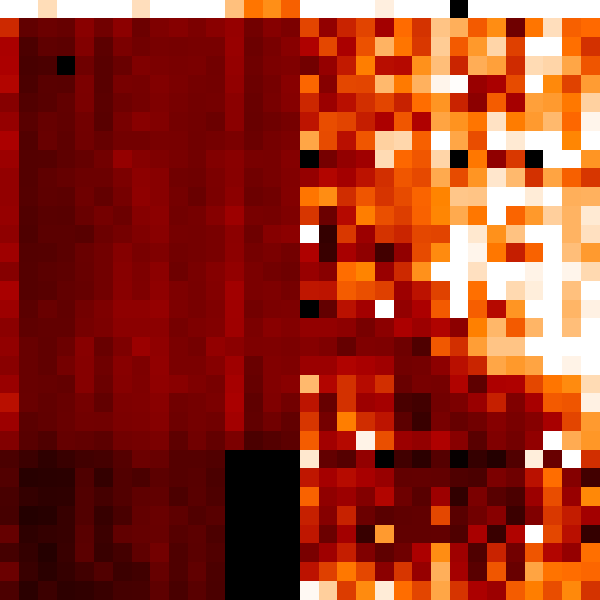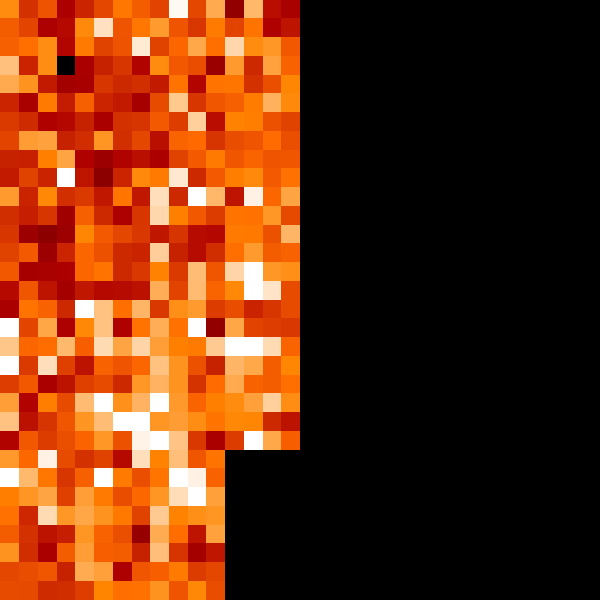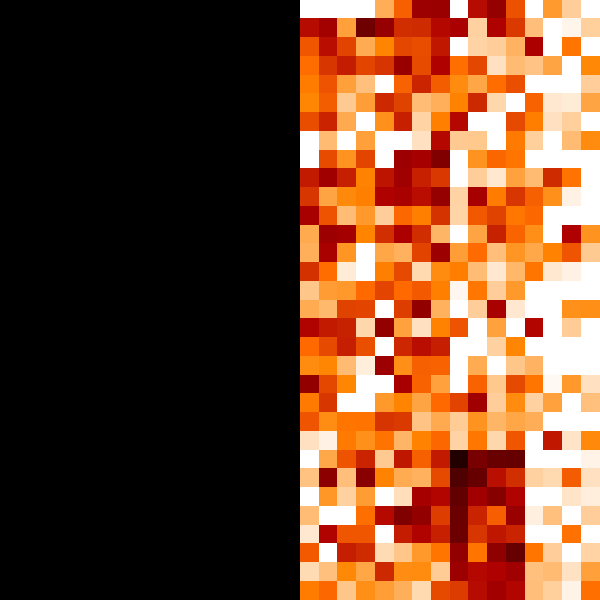There is a problem w/ your write-up. Check that you have valied entries
for \$CAID and \$Campn in your analysis.php file. If that checks out, then
Contact Stansberry";
return ;
}
// get first matching task
$row = mysql_fetch_array($result);
$title = $row["title"];
$princ = $row["principal"];
$deputy= $row["deputy"];
$campn0 = $row["campn0"];
$aorkeys = $row["aorkeys"];
// get real name of principal, deputies
$princ = ioc_get_person($princ);
$princ = $princ[0];
$deps = explode(",",$deputy);
foreach ($deps as $depty) {
$depty = trim($depty);
$depty = ioc_get_person($depty);
$depty = $depty[0];
$depty = explode(",",$depty);
$depty = $depty[0]; // last names only
$deplist[] = $depty;
}
$deplist = implode(", ", $deplist);
$caid = sprintf("%03d",$caid);
$file = "mips-".$caid.$campn.".analysis.php";
// if more matches, append the AORKEYS from those
$numrows = mysql_num_rows($result);
if ($numrows > 1) {
$aorkeys = " " . $numrows . " Task Executions: ". $aorkeys;
for ($i=0;$i < mysql_num_rows($result); $i++) {
$row = mysql_fetch_array($result);
$morekeys = $row["aorkeys"];
$aorkeys = $aorkeys .'; '.$morekeys;
}
}
// END PHP.
?>
<? echo "MIPS-$caid, Campaign $campn IOC/SV Analysis"; ?>
Principal:
Deputy:
Analyst:
AORKEYS:
Last Updated:
Task Outcome Summary
- DATA STATUS: Nominal
- TASK OUTCOME: Nominal
Abstract
This is the routine 70 µm dark and noise measurement. The
70 µm array was run at 62/50/65 mV for side A/B/module 8 in this campaign. Only
side A results are quoted here. The side B results are given below. This
campaign saw the first very marked difference between side A/B for the dark current.
The average dark current was (7.16 +/- 3.08)X10-3 MIPS70
units. The side B dark current was over 3 times higher (see below).
The average noise was 1341.6 +/- 277.6 e for 10 MIPS second
DCEs on side A with empirical CR rejection.
For comparison to other campaign dark/read noise
measurements as well as ground test data, see the meta task 2005.
Analysis
The dark data were reduced using the DAT version 2-41. Sensitive cosmic ray detection
(mips_sloper comandline switch -q) was used and the electronic nonlinearity correction was
not applied. The read niose input into mips_sloper was 100 electrons.
The dark datasets were run through mips_caler. Finally, the dark images
for d2a and d2b were created using mips_enhancer. The mips_enhancer was run with the
commandline options "-OW -OD -D". The noise was measured from the noise
datasets using the get_rdnoise.pro program.
Results
Darks
The d2a and d2b dark images were examined. As has already been reported elsewhere,
side A has a bad readout (ramps offset below bottom rail) and side B has significant
problems. The d2a position is darker than the
d2b position, as expected. In fact, the d2a position is darker accross the
entire array than the d2b position as has been noted in previous reports.
| 70 Dark A (d2a) | 70 Dark B (d2b) |
|---|

scale = 0 - 0.02
counts (side A) = (7.16 +/- 3.08)X10-3
counts (side B) = (27.6 +/- 21.6)X10-3
|

scale = 0 - 0.04
counts (side A) = (7.16 +/- 3.08)X10-3
counts (side B) = (26.8 +/- 35.5)X10-3
|

scale = 0 - 0.02
counts (side A) = (13.0 +/- 7.03)X10-3
counts (side B) = (27.6 +/- 21.6)X10-3
|

scale = 0 - 0.04
counts (side A) = (13.0 +/- 7.03)X10-3
counts (side B) = (27.6 +/- 21.6)X10-3
|
Noise
The noise were determined for both the d2a and d2b noise datasets. All pixels
on side B basically have a cosmic ray detected in each DCE, it is not possible to measure
the noise on this side using our standard method. In addition, many of the pixels
on side A have many cosmic rays. Thus, both sides are better measured with an empirical
cosmic ray rejection. Side A is measured using our standard method for consistancy with
ground testing. Our standard method of measuring
read noise is to determine the standard deviation of all the slopes of a pixel without
detected cosmic rays. We used an empirical iterative sigma rejection of deviant slopes.
We present measurements of the noise for sid A and B separately.
The noise measurement given here is the noise in excess of that expected from photon
statistics.
Only d2a data is shown, d2b gives very similiar read noise results, expect for a
factor of two higher dark current.
Empirical Sigma Rejection
(cut at 3*sigma)
Side A |
Empirical Sigma Rejection
(cut at 3*sigma)
Side B |
|---|
| Flight Data (mips_IER_7328768_d2a_rn_A70_P24_10s) |

scale = 0 - 2000 e
counts = 682.2 +/- 218.2 e/s
noise = 1341.6 +/- 277.6 e
DCEs used = 48.29 per pixel
468 pixels
|

scale = 0 - 20000 e
counts = 1691.2 +/- 1031.0 e/s
noise = 15272.7 +/- 4511.0 e
DCEs used = 47.19 per pixel
501 pixels
|
Conclusions
The dark measured in the d2a position should be used for standard calibrations as it is darker than the
d2b position. The noise on side B is much larger than that on side A, probably
related to the electronic problems on side B.
Output and Deliverable Products
The dark calibration image to be used for standard calibrations of campaign Q data
has been delivered and distributed with the suite of CamQ cal files.
Actions Following Analysis
No direct actions necessary. Should evaluate if we need to take d2b data regularly
at all.





